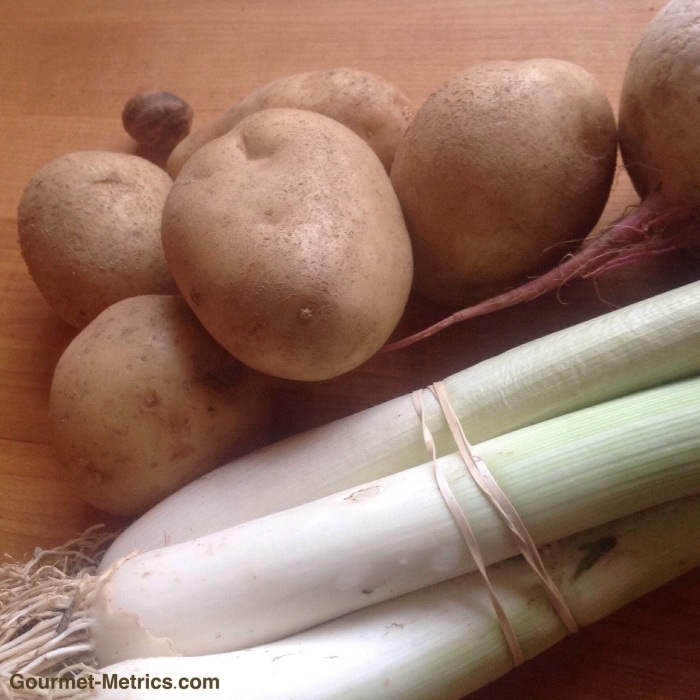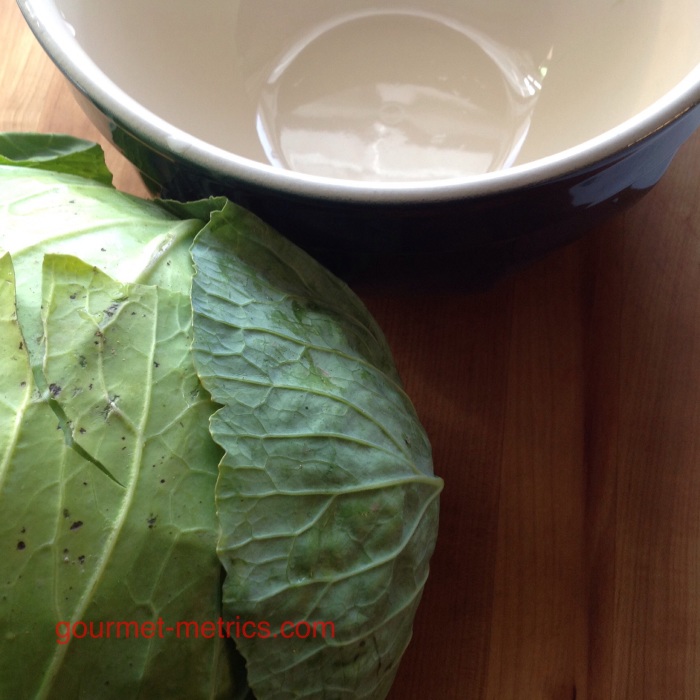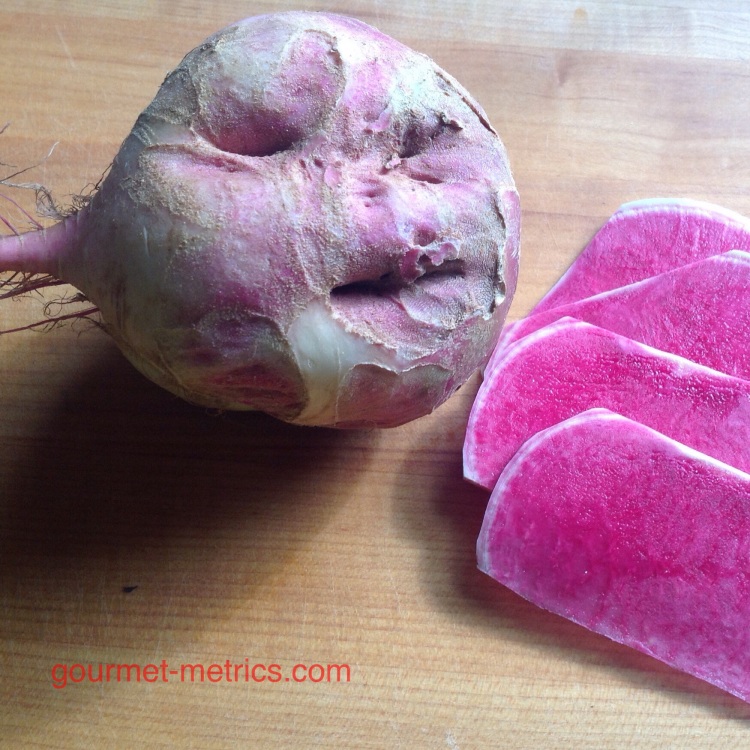
My traditional Christmas meal for the last couple of years has been lamb shanks. I use my tagine and cook the shanks in a slow oven with aromatics, tomato, and dry vermouth.
Before the braising process starts, the shanks get a 20 minute oven roasting as the picture above illustrates. They look a lot different of course after braising, but a picture of that initial roasting makes it easier to see the shanks themselves as well as the fat content.
The shanks come out so tender you can cut them with a fork. And they taste so good most folks want a whole one on the plate. As for me, a half a shank will do. The label above reflects the facts for approximately 1/2 a lamb shank.
The ingredient list is simple and short – lamb, tomato, dry vermouth, onion, fennel, carrot, olive oil, parsley, salt. That means a green 🟢 for NOVA compliance. But as happens with so many of my traditional recipes, lamb shanks get a thumbs down for “healthy” due to the saturated fat from the meat.
As my zealous colleagues love to point out, avoiding ultraprocessed food products is not good guidance for a healthy dietary pattern. And lamb shanks are a good example of what my colleagues are pointing out. Even though lamb shanks have less visible fat than lamb chops, there’s enough to exceed recommended values. Those beautiful lamb shanks aren’t high in saturated fat but they don’t qualify as lean either. Even a moderate amount of saturated fat is more than the evidence based percentage DV (Daily Value) allows.
Am I concerned about a moderate amount of saturated fat? No, not really. As I used to tell my clients when I worked in counseling, you can eat pretty much what you want to as long as you’re willing to manage frequency and portion size. So if fat isn’t the uncomfortable truth, what is?
VIEW FROM MY KITCHEN WINDOW
My uncomfortable truth is sustainability. Beef and lamb have environmental issues, even when the animals are pasture raised and grassfed. And that issue concerns me.
Industrial livestock production can and does cause significant environmental damage. Eating less meat and more plants is better for the environment. So what’s an omnivore like me to do? I’ve wrestled with that question for a long time and here’s what I’ve come up.
I’m fussy about sourcing and avoid industrial production when ever I can.
I also take my own good advice – smaller portions less often. The lamb shanks are a once a year celebration meal. And I know that what’s important about celebration meals is sitting back and enjoying friends and family.
I do have another approach to sustainability but I’m going to save that one for another post.




 The final meeting of our Dietary Guidelines 2025 Advisory Committee meeting was held this past week. The committee members have again concluded that me and my fellow Americans don’t follow the guidelines and we eat poorly. Not much change since the first set of guidelines was published back in 1980.
The final meeting of our Dietary Guidelines 2025 Advisory Committee meeting was held this past week. The committee members have again concluded that me and my fellow Americans don’t follow the guidelines and we eat poorly. Not much change since the first set of guidelines was published back in 1980.





